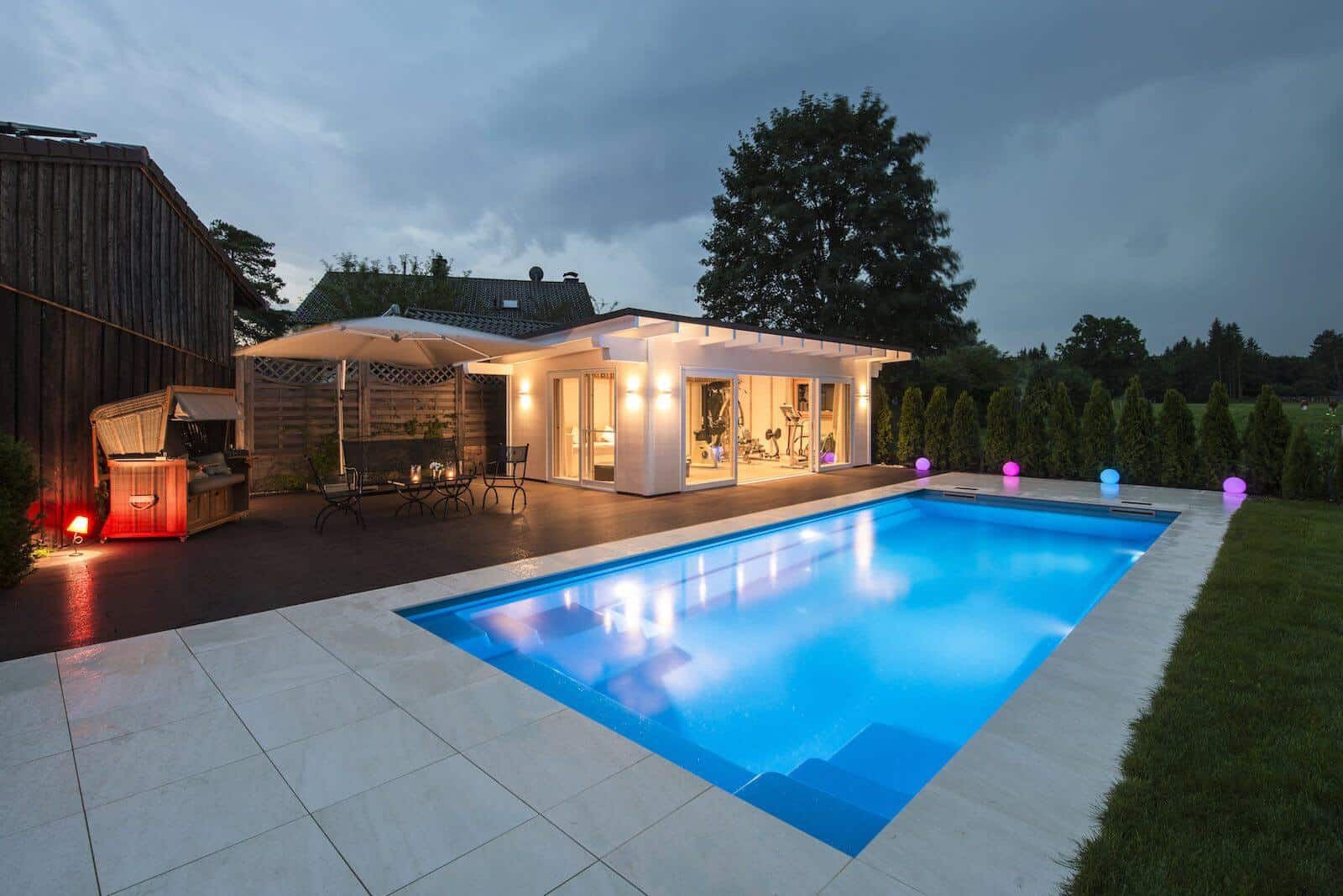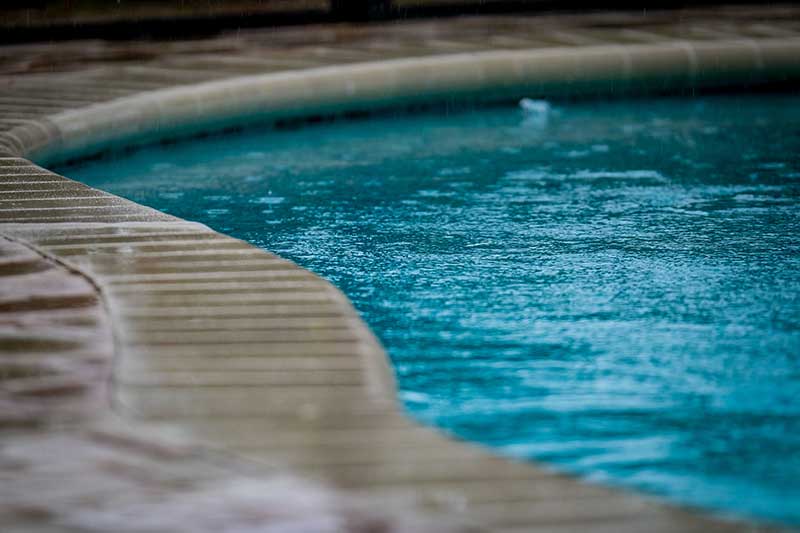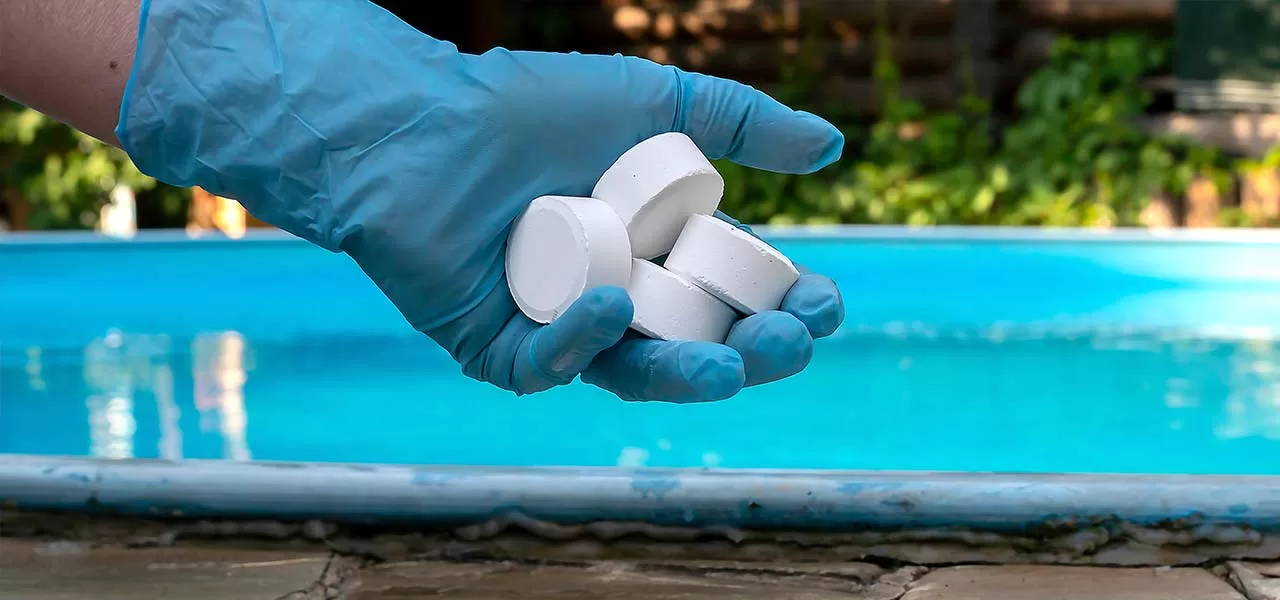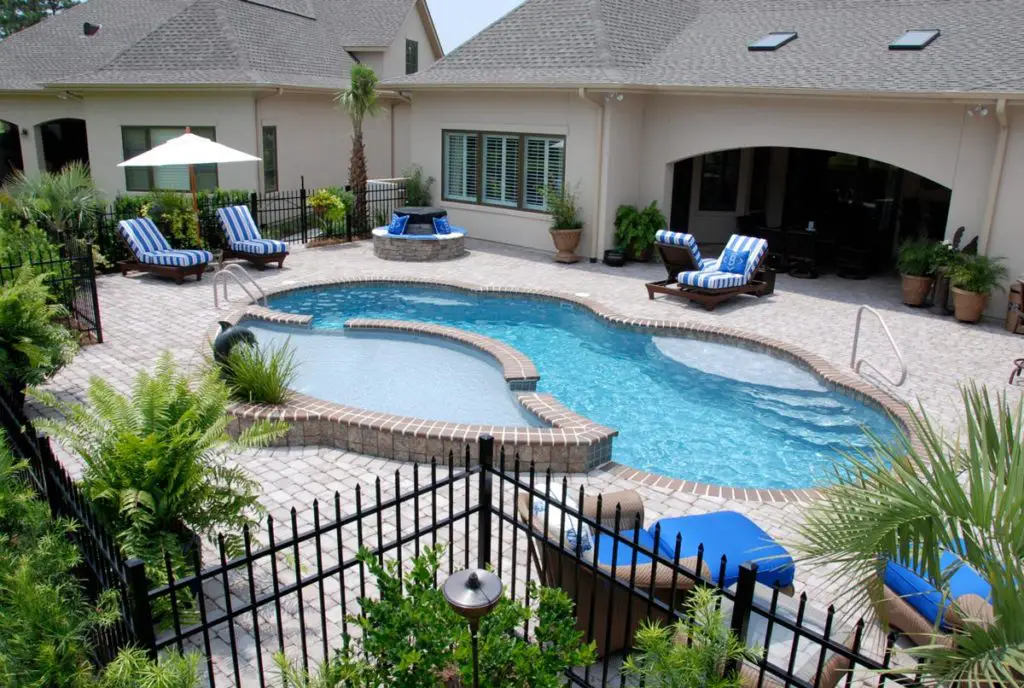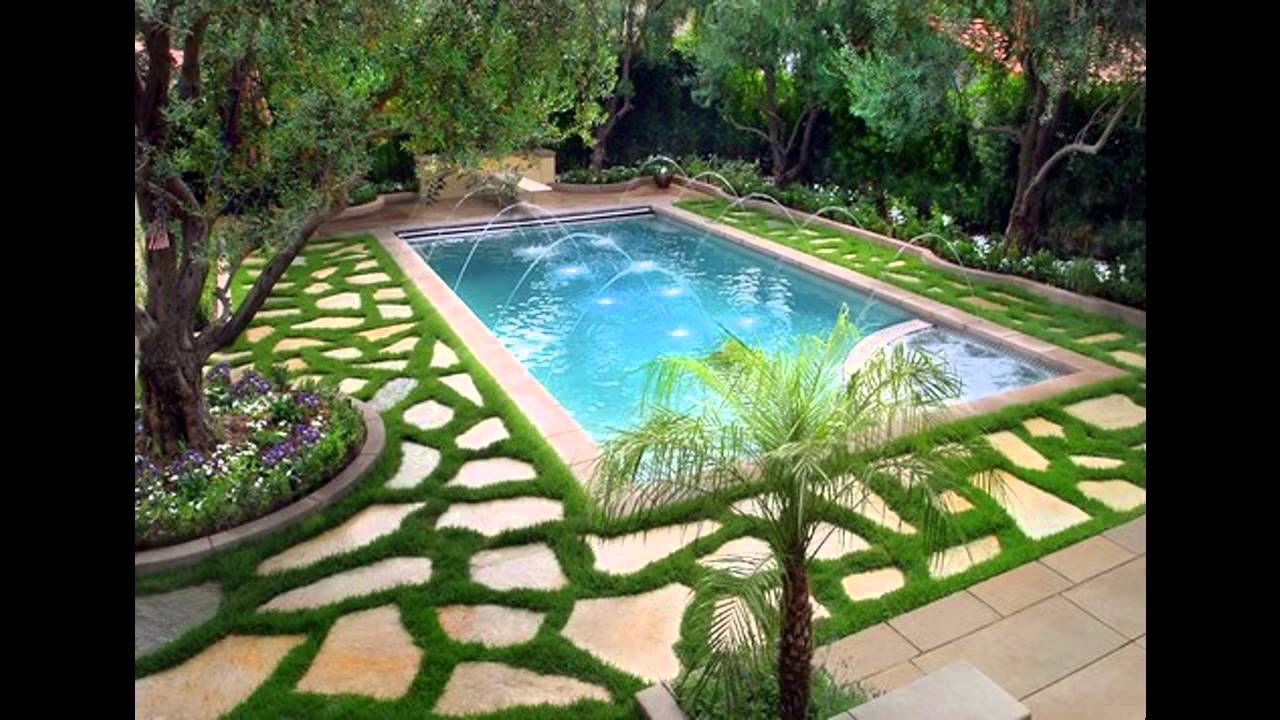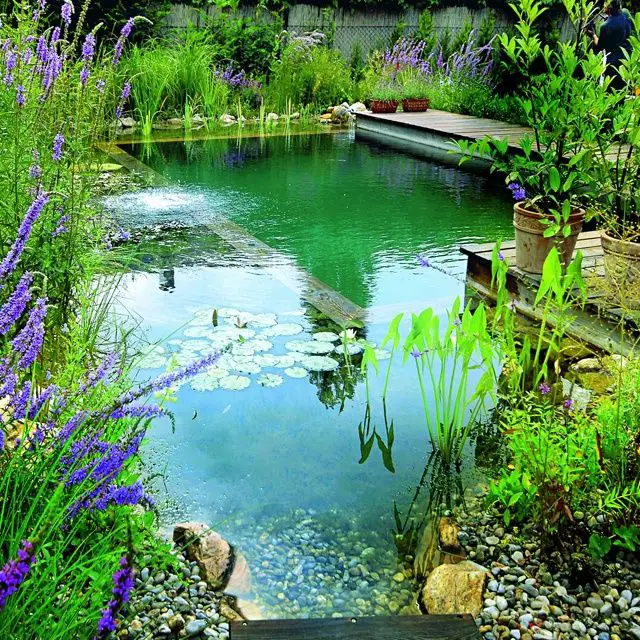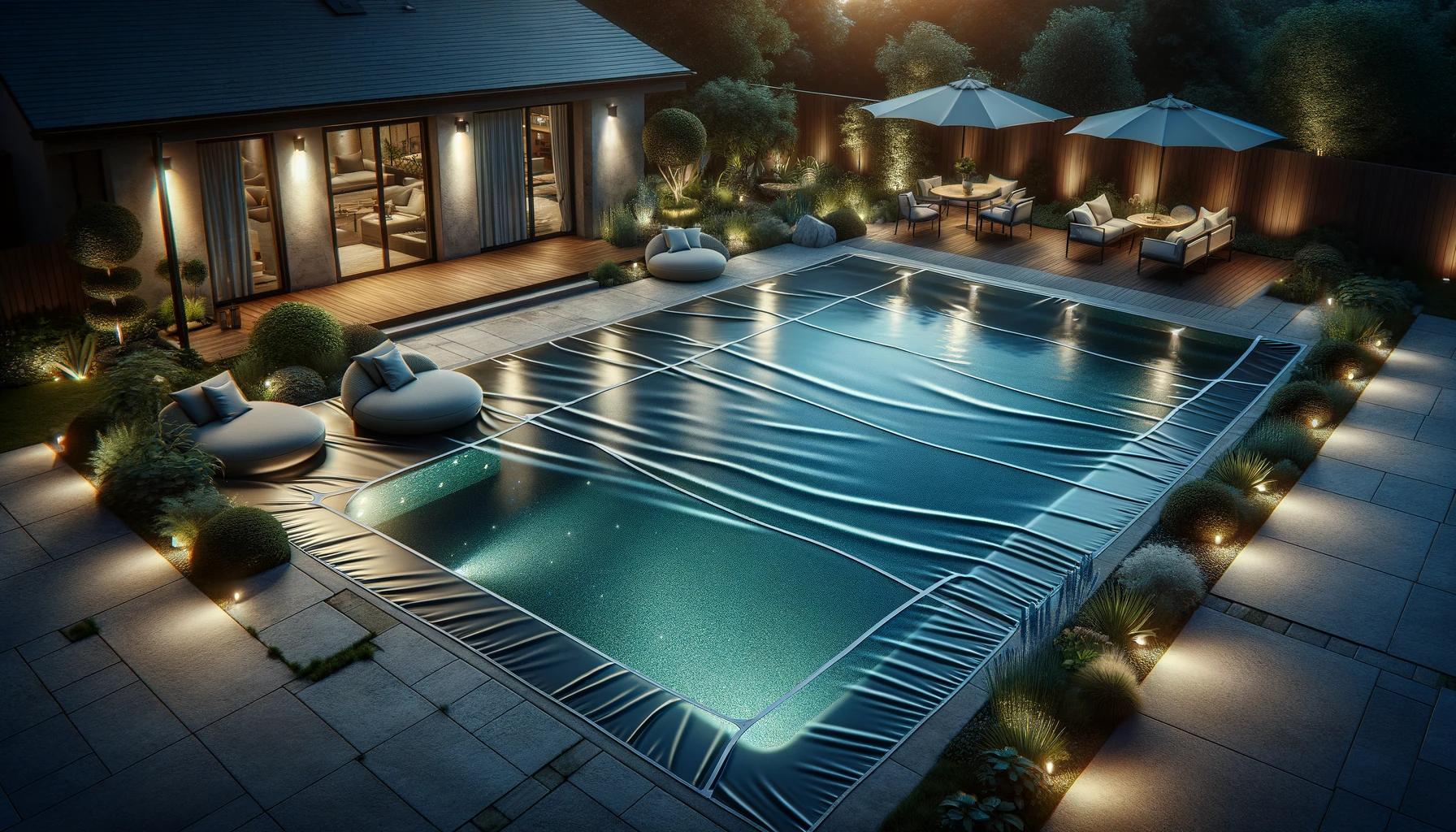A heavy downpour is always a problem for your swimming pool. If you own a fiberglass pool, things would be easier for you compared to those who have concrete or vinyl pools. Fibreglass pools brisbane nonetheless require some maintenance after a heavy bout of rainfall.
Rainfall is a constant problem in pool maintenance. Light rains can be ignored since they do not cause any significant problems. When it comes to torrential rains, there are a number of problems that follow. Let’s find out how to combat heavy rainfall and keep your pool clean and functional.
Excessive water accumulating in the pool
It is very important to lower the water level of your pool to be able to maintain proper skimming action. It is also important to keep contamination in check from plants and deck space flooding.
The simplest approach to reduce the water level in pools containing sand or DE filter is to turn the multiport valve to the trash position and push out the backwash hose. Backwash the filter to reduce the water flow if you have a sliding or push-pull valve.
Some pools feature a hose spigot installed after the pump or filtration valve to which a garden hose can be connected. It works to reduce the water level. To protect the pool from overflow, you can utilise a submersible pump, often known as a pool cover pump.
The siphon procedure is the final step. The best tool is a pool suction hose. Fill the pool with water by priming the hose. Then, attach a vac head either on the first or second step or the pool ladder. Alternatively, you can use a heavy object to hold the hose.
Cap the opposite end of the hose with your hand and pull it away from the pool a couple of feet beneath the pool’s water level. Allow the hose to flow freely by uncapping it at ground level. Remember to keep a close eye on it.
Avoid dilution even before it happens
Preventing precipitation from diluting your swimming water in the first place is the ideal approach to keep it clear. Throughout swimming season, keep an eye on the weather report and close the pool cover before such storms hit your area. Cheaper pool covers constructed of lightweight plastic vinyl are much more prone to tear over time, allowing rain to permeate the pool. If you don’t own a pool cover, get an early start on maintenance by applying algaecide to the water and clearing away any debris around the pool before the rain comes.
Dealing with algae growth
Even if your swimming pool does not overflow, algal spores from rainfall can upset the chemistry of your pool water. When you take into account the debris following a severe storm, things can quickly spiral out of control.
Pool owners must regulate the chemistry of their pool before a major storm and immediately afterward to restore pH levels. They should also avoid the pool from becoming green or dark.
Water Beneath the Pool
Keep a regular check of your standpipe/inspection pipe to make sure that water accumulated under the swimming pool is pumped out on time. You can avoid issues of ‘floating’ hydrostatic valves by regularly pumping out water from under the pool. Keep a tab of your local weather pattern. Living in a heavy rainfall prone area will require you to be much more vigilant about accumulated water. You can pump the water underneath your pool with a pool pump and skimmer box or a Slurpy pump, which is a mini-pump you can buy at any hardware store.
Contamination from run-off water
If a backyard pool has 5 inches of rain in just a few hours, it can result in heavy floods. The problem aggravates when surrounding planters, lawns, concrete pool decks run off into the pool. Phosphate levels can be raised by just a shovel of dirt or mulch, resulting in murky water and algae.
A pool can overflow with a thick layer of silty sludge and other debris in severe circumstances. Remove the larger leaves with leaf rakes, then waste with a slow vacuum. Follow up with a nice pool brush every day and near-constant filtering. Clarifiers and flocculants can significantly accelerate the process, and sand filters may be used.
Make use of a phosphate remover chemical to organically eat phosphates in your pool as the water clears. Simply pour it into a balanced pool, set the filter for a day, and then backwash.
Contamination from the rainfall
Rainwater in itself is pure and distilled water. The problem comes up as it passes through the air, picking up dust particles, tiny pollen, pollutants, oil contaminants, and even algae spores. If tall trees stand near or over your pool, the rainwater will wash them clean and pour it right inside your swimming pool. This would add further phosphates and other natural gunk. Adding algaecide prior to a storm will help you deal with potential algae invasion.
Rainwater also has the potential of destroying a swimming pool’s water balance. It can dilute the cyanuric acid, and end up softening the water. In turn, this would lower calcium hardness, and have a negative effect on both pH levels and alkalinity of the water. Acid Rain pouring through the smoggy summer sky impacts your pool at a very low pH level, decreasing pool pH and alkalinity. Always remember to test your water with a specialized test kit like the K-2005 or 7-way test strips.
Final options
When you find yourself in doubt about how to deal with the effects of heavy rainfall on your pool, you have two options. First, consult the instruction manual that your manufacturer must have given to you at the time of installation of your pool. It is common for instruction manuals to contain necessary information on how to deal with common problems. If that doesn’t yield results, your second option is to consult an expert. With the help of professional tools and expertise, your pool will be ready to use in no time.
